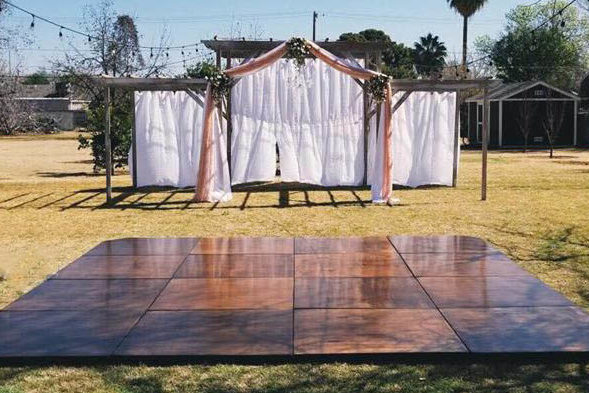Key Techniques to Improve the Durability of Your Dance Surface
Wiki Article
To maintain a dancing surface's durability, it is essential to understand the components and composition that add to its strength. Dance surfaces are commonly made from wood, vinyl, or specialized foam substances. Each type has its own advantages and disadvantages. Wood surfaces provide superior resilience and shock absorption, rendering them ideal for various dance styles. Synthetic floors are often simpler to clean and can be engineered with slip-resistant textures, which is essential for safety. Specialized foam surfaces offer padding, which can assist reduce accidents. Choosing the right material based on the planned purpose of the dance surface significantly affects its longevity.
Routine upkeep is vital for prolonging the life of a performance floor. This involves cleaning and restoring the flooring as required. For timber surfaces, it is important to brush or hoover regularly to eliminate dust and grime that can scratch the finish. Additionally, applying a protective coating or finish every few cycles helps protecting against moisture and wear. Vinyl surfaces should be mopped with suitable cleaners that do not damage the surface. Maintaining a regular sanitizing routine will not only preserve the look of the floor but also ensure a secure performance space.

Climate and moisture control hold a significant part in maintaining a dance surface's quality. Ideal conditions for timber floors are generally a heat range of 60-80 degrees °F and a humidity range of 40-60%. High moisture can cause timber to warp or form mold, while overly dry conditions can lead to cracking. In areas where moisture ranges vary, it may be advantageous to invest browse around this website in a humidifier or dehumidifier. For synthetic or cushioned surfaces, ensuring proper airflow can help reduce humidity accumulation that might compromise their stability.
Proper use is another essential strategy for extending the lifespan of a dance floor. It is necessary to establish guidelines for activities that occur on the surface. For example, stiletto shoes or pointed items should be avoided as they can create permanent harm. Placing fixtures outside of performance spaces also prevents scratches and indentations from occurring. If the venue hosts multiple activities, placing protective mats during alternative events can further protect the floor from deterioration.
Finally, regular view it professional evaluations are an effective method to ensure continuous maintenance of a performance floor. Hiring specialists who focus on dance surfaces can provide valuable guidance into potential issues before they turn into serious concerns. These experts can offer advice on restorations or refinishing options that might prolong the life of the surface significantly. By investing in routine inspections and updates, facility managers can maintain that their dance surface remains secure, attractive, and practical for years to come.